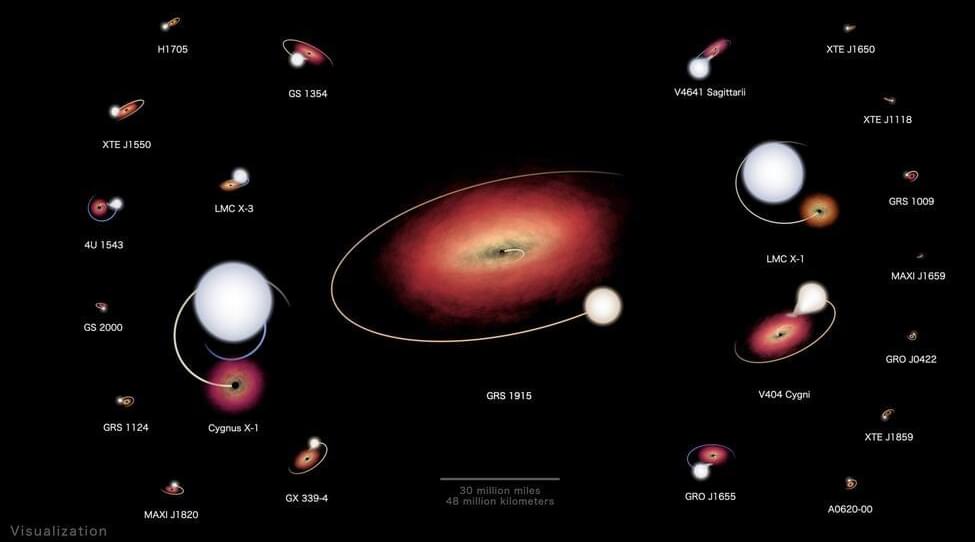May 9, 2022
Humans are the Mind of the Cosmos to The Unnerving Origin of Technosignatures
Posted by Jose Ruben Rodriguez Fuentes in categories: alien life, physics, robotics/AI
This week’s “Heard in the Milky Way” offers audio and video talks and interviews with leading astronomers and astrophysicists that range from Would Data from an Alien Intelligence be Lethal for Us to Neal Stephenson on Sci-Fi, Space, Aliens, AI and the Future of Humanity to Is Alien Life Weirder than We Think, and much more. This new weekly feature, curated by The Daily Galaxy editorial staff, takes you on a journey with stories that change our knowledge of Planet Earth, our Galaxy, and the vast cosmos beyond.

















